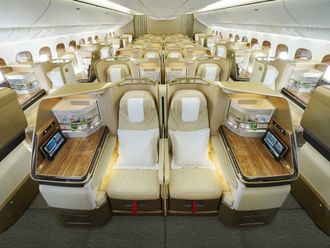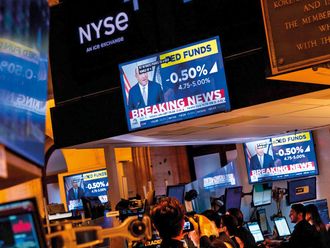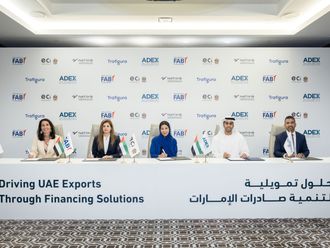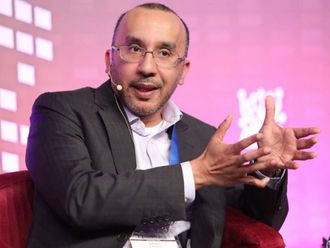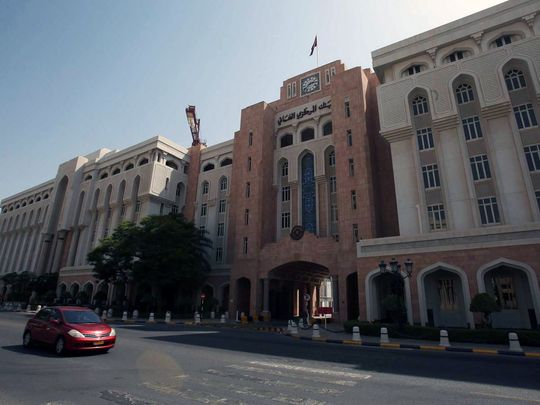
Dubai: The combined assets of Oman’s Islamic banks and windows grew to approximately $20.2 billion (Dh74 billion), marking an 18.1 per cent increase from the same period in 2023.
Data from the central bank reveals that this total represents 11.4 per cent of the country’s overall banking sector assets.
The analysis further indicates that total financing from the Islamic banking sector increased by 10.4 per cent, reaching around $16.6 billion (Dh60.9 billion).
Deposits in Islamic financial institutions and windows also saw a growth of 14.7 per cent, totalling nearly $15.5 billion (Dh57 billion) by the end of June.
This growth in Oman reflects a broader regional trend. A report from Moody’s Investors Service forecasts that Islamic financing in the GCC will surpass conventional banking, driven by rising demand for Shariah-compliant products and the stability of Islamic banks’ net profit margins.
Unlike their conventional counterparts, Islamic institutions benefit from fixed-rate retail financing, which shields them from fluctuations in US Federal Reserve monetary policy.
As a result, GCC Islamic banks are anticipated to achieve higher returns on assets and stronger net profit margins compared to conventional banks.
Moody’s projects that the profitability of Islamic financial institutions in the GCC will remain robust over the next 12 to 18 months, supported by stable oil prices, ambitious economic diversification plans, and strong business confidence.


